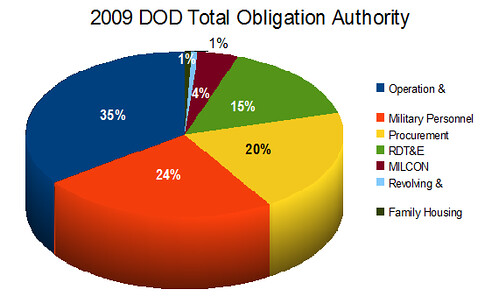Brought to you by the United States Government
Our Legislative and Executive branches want to "fix" the national health care economy by creating a national health care system. Much wailing and gnashing of teeth has gone into creating several multi-thousand page bills describing the requirements for such a system, and by all accounts the legislators in the majority leadership are quite pleased with themselves.
My family worries about these efforts, because we cannot believe that the government is capable of acting more efficiently with our money than can we. Recently, we were presented with evidence to support that belief, in the form of another large, government-run quasi monopoly, the U.S. Postal Service. You see, in early December we had ordered a gift via an affiliate of Amazon.com. They shipped with a somewhat unique system, UPS Mail Innovations, using UPS for the long-haul from California to New Jersey, and the Postal Service for the last mile of delivery to our door.
The UPS portion of the delivery went pretty smoothly, crossing the country in a day:
- Dec 7 2009 Mail Retrieved From Shipper
- Dec 7 2009 Received at UPS Mail Innovations Origin R. Cucamonga, CA
- Dec 7 2009 Processed at UPS Mail Innovations Origin R. Cucamonga, CA
- Dec 8 2009 Transferred to UPS Mail Innovations Destination Logan Township, NJ
- Dec 10 2009 Received at UPS Mail Innovations Destination Logan Township, NJ
- Dec 10 2009 Manifested (Postage Paid)
- Dec 10 2009 Entered USPS Facility SOUTH JERSEY, NJ
- Electronic Shipping Info Received, December 10, 2009
- Shipment Accepted; December 10, 2009, 5:16 pm, BELLMAWR, NJ 08099
- Arrival at Post Office, December 12, 2009, 4:33 am, NEW YORK, NY 10013
- Sorting Complete, December 12, 2009, 9:19 am, NEW YORK, NY 10013
- Out for Delivery or Available at PO Box, December 12, 2009, 9:49 am, NEW YORK, NY 10013
- Processed through Sort Facility, December 14, 2009, 1:22 am, NEW YORK, NY 10199
- Processed through Sort Facility, December 16, 2009, 8:10 pm, JERSEY CITY, NJ 07097
- Processed through Sort Facility, December 22, 2009, 11:29 am, BELLMAWR, NJ 08031
Given that something as simple as timely delivery of a small package over a distance of 40 miles escapes the capabilities of a government "enterprise" like the Postal Service, how can we expect that a government mandated "solution" to a problem that doesn't affect 80-90% of the population will be effective? The simple answer is that we cannot. What we can expect is an ever-expanding scope of government until it bankrupts us as a nation.










